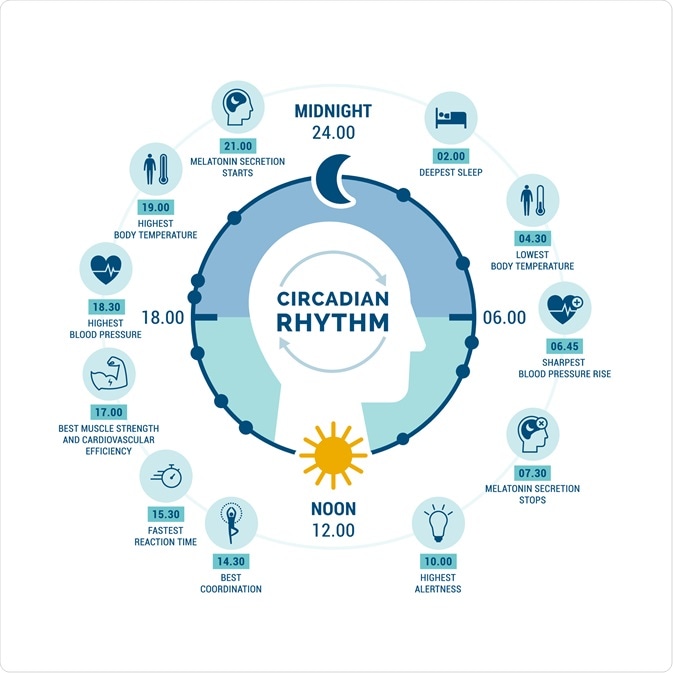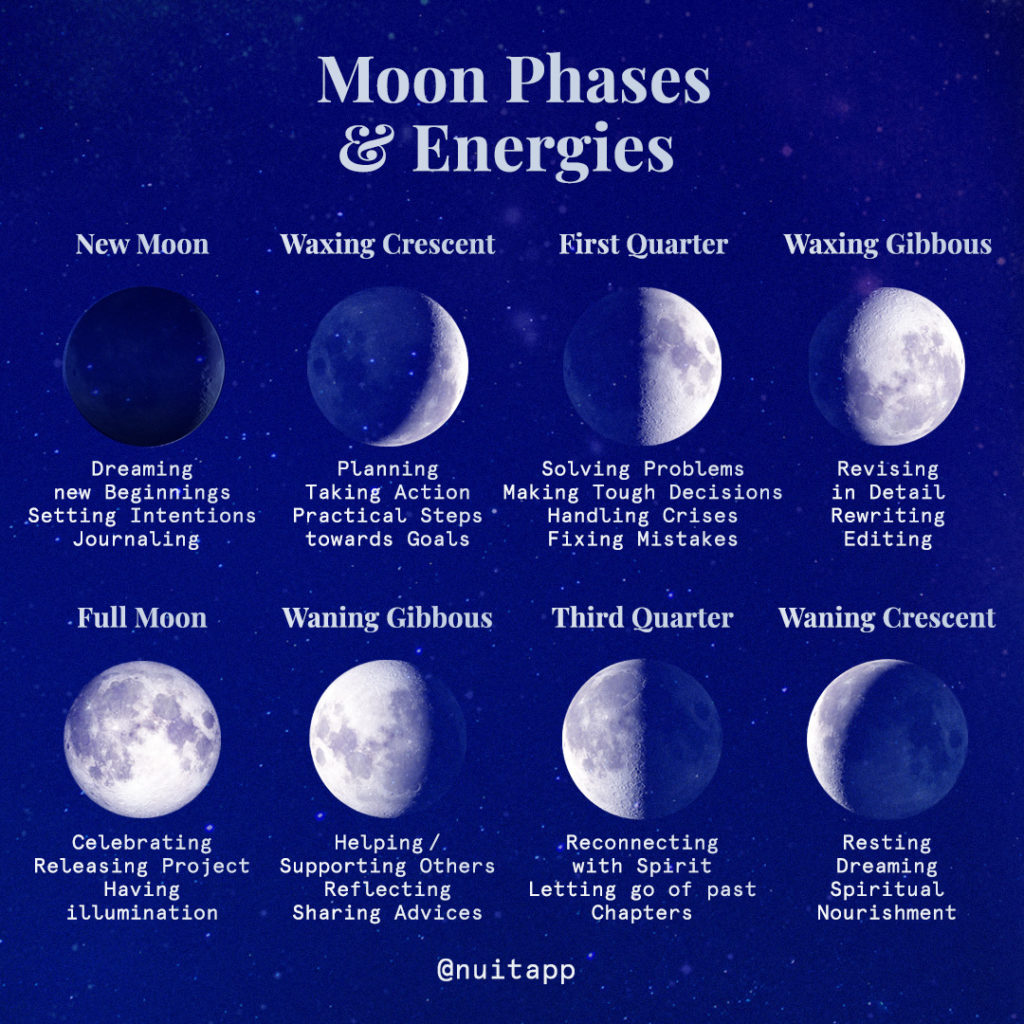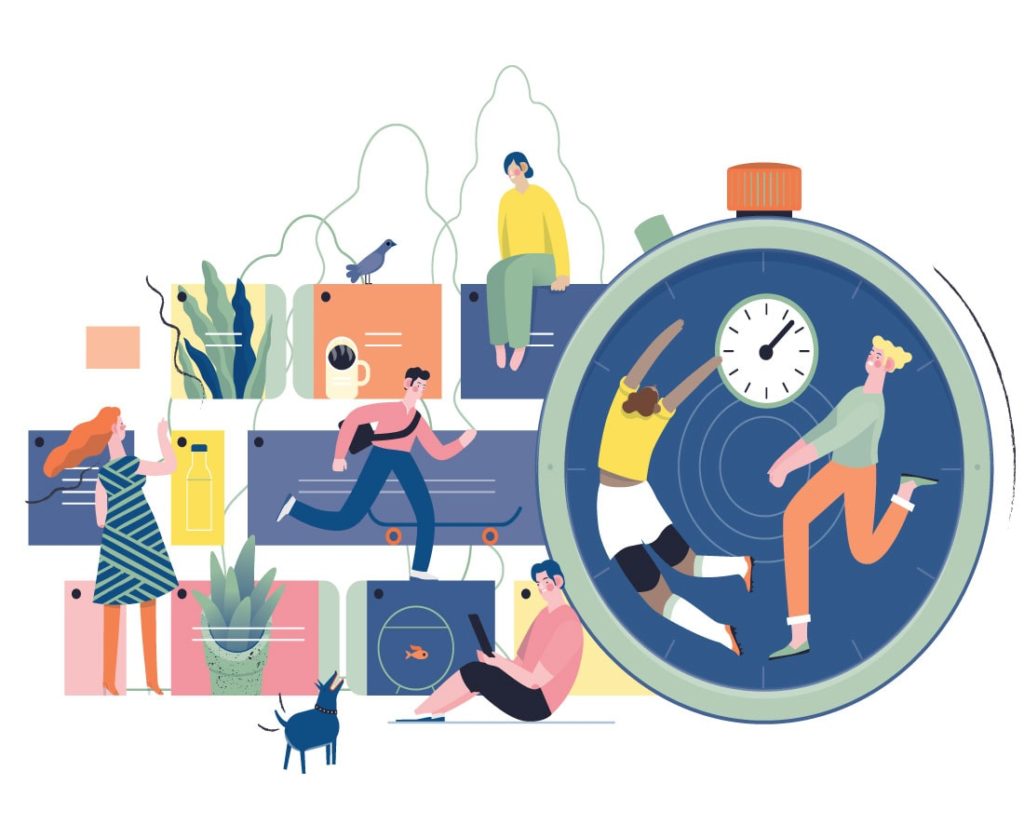
We all have a well-defined internal clock that’s commonly referred to as circadian rhythms. This clock regulates important body processes and determines how our energy flows throughout the day. By working with your body’s cycles, you can understand your natural peaks and valleys and harness your energy to pack more into your day. These three steps can help you create an ideal schedule using the intelligence of your circadian rhythms. (Estimated reading time: 6-7 minutes)
“It is through the alignment of the body that I discovered the alignment of my mind, self, and intelligence.”
— B.K.S. Iyengar
Time is our most precious resource, and it moves surprisingly fast. You live day-to-day, and before you know it, years have gone by.
Although we have the same number of hours in a day, many people feel like they don’t have enough time. Like the White Rabbit from “Alice in Wonderland,” they scurry through life, moving from one thing to the next, without taking a moment to stop and breathe.
Not only is this hectic lifestyle unproductive, but it’s exhausting. Racing against time goes against the natural rhythm of the body, which functions best when there’s a harmonious flow.
The way to get back into flow is to sync our activities with our internal body clock, aka our circadian rhythms.
Understanding our body’s natural rhythms
Given that time is limited, what can we do to get the most out of every single hour? One way to create the ideal schedules is through good time management and planning. While this can help you accomplish more, it doesn’t guarantee that you’ll feel good while you do it.
We shouldn’t just aim to get more done in a day but also improve the quality – to show up for everything we do with a sense of vitality and balance. Research suggests that the best way to do this is by syncing our biological clock to our daily schedule.

Every living creature has a well-defined internal clock that’s commonly referred to as circadian rhythms. This clock regulates important processes like brain wave activities, sleep cycles, hormone production, metabolism, and blood pressure.
If you’ve ever traveled across several time zones or worked irregular hours, you may have experienced the discomfort that happens when your biological clock is out of sorts. Your body can’t keep up with the sudden changes and needs time to adjust to new conditions.
In addition to regulating our key body functions, our circadian rhythms shape our energy levels throughout the day. You can think of these cycles as rolling waves of energy peaks and dips and use them as an “energy schedule” to determine how to create an ideal schedule that works for you.
By paying attention to our body’s rhythms and understanding how it’s connected to nature’s cycles, you’ll be able to take your energy game to the next level.
Syncing our cycles with nature
Everything in nature works in cycles – the seasons, day and night, the rise and fall of the tides, and the rotation of celestial objects (e.g., stars, moon, planets, comets, asteroids.) As humans, we are part of the universe, and hence, not separate from these forces.
Several ancient health philosophies, such as Chinese medicine and Ayurveda, recognize this connection and respect the influence that nature’s rhythms have on our health and wellness.
“Dincharya” is a Sanskrit word used in Ayurveda, an alternative medicine system from India, to describe a daily routine that’s designed to maintain our connection with our circadian rhythms, largely determined by the rhythms of nature.
“Dina,” meaning day and “acharya,” meaning activity, guides us on the best time for activities like sleeping, meditation, study, meals, work, bathing, etc., creating a holistic schedule that leads to balance in all aspects of our health.

Ayurvedic traditions state that there are two cycles that impact us: the moon (the lunar cycles) and the sun (seasonal changes). In turn, these are related to our doshic constitution (vata, pitta or kapha) and ayurvedic body type.
● The lunar cycle is a 29.5 day period during which the moon completes a full cycle. It goes through eight phases over that time, which studies have shown to impact our energy and emotions.
● Seasonal cycles have also proven to influence our bodies. For example, in winter we need more sleep and crave warmer and richer foods, while in summer we require less sleep and prefer lighter meals.
When we’re in sync with nature’s cycles, our whole life flows better, and we feel focused, energized, and rested. But this can be a challenge while we try to cope with the rigors of everyday life. By paying close attention to our internal clocks, we can make that connection and create the ideal schedule using our circadian rhythms.
Optimizing our body rhythms for modern day life
If you find yourself saying, “Why am I feeling tired all the time?” that’s a tell-tale sign that you’re out of alignment with your body’s natural rhythms. Unfortunately, this is something we hear all too often.
Modern society is not conducive to creating natural alignment to your body’s rhythms. Our 9-5 work schedules expect us to be productive throughout this period when that simply isn’t possible without overdosing on caffeine and sugar (and eventually burning out).
By working with your body’s cycles, you can master your energy and understand the subtle nuances of our unique energy flow. By understanding your natural peaks and valleys, you can harness your energy to pack more into your day.
With some lifestyle changes, you can train your body to recognize when you would like to be awake and alert and when you would like to pull back and rest. These three steps can help you create an ideal schedule using the intelligence of your circadian rhythms:
1. Understand your personal chronotype

Your chronotype is your internal circadian rhythm that influences your preference for when you are more energetic and when you prefer to sleep.
Knowing your chronotype will help you understand how your internal clock works and plan your daily activities around the peaks and dips. You’ll know when the best time is for you to sleep, eat, and engage in creative and mentally demanding tasks.
In general, people tend to fall into one of these two groups:
Early birds: People who find it easy to wake in the early hours of the morning and have the most energy in the earlier part of the day.
Night owls: These individuals have more energy later in the day and find it difficult to wake up and stay alert in the mornings.
Another fun way to classify chronotypes was created by clinical sleep specialist Michael Breus, PhD. In his book “The Power of When: Discover Your Chronotype,” he describes four types:
- Bear: Most energetic: Before noon
- Wolf: Most energetic: Noon-early evening, after 6pm.
- Lion: Most energetic: Early morning-before noon
- Dolphin: Most energetic: 10am-2pm
(Take the “The Power of When” quiz to find out your type)
Knowing your chronotype will make it easier for you to work with your body rather than against it. Keep in mind that your type can change and fluctuate as you age.
2. Avoid things that get your body clock out of sync

These are certain conditions and habits that can throw your circadian rhythms out of alignment. This happens when your lifestyle clashes with your body clock.
- Poor sleeping habits and hygiene
- Mental health conditions and stress
- Certain medications and injuries
- Traveling across one or more time zones
- Working erratic hours or night shifts
- A lifestyle that doesn’t match your chronotype (for example, a night owl waking up in the early morning)
While some of these can’t always be avoided or changed, we could do our part in minimizing the effects by adapting and finding solutions.
3. Set your internal clock with lifestyle changes
Whether you want to bounce back from a disruption in your circadian rhythms or you want to make improvements in your current lifestyle, these tips will help you get the most out of your days, allow you to function at your peak, and be your most productive (and rested) self:
- Stick to a routine every day and follow a regular schedule.
- Expose yourself to natural light during the day.
- Dim the light and avoid TV and LED screens (yes, that includes scrolling through social media feeds) in the evening when you’re winding down to sleep.
- Exercise and get enough physical activity.
- Practice good sleep habits and adhere to a sleep schedule.
- Avoid caffeine, heavy meals, alcohol, and stimulants toward the end of the day.
- Plan to eat your meals at set times.
- Try stress management techniques such as meditation, mindful nature walks, journaling, reading, and listening to music if your nerves are frazzled.
- Avoid napping in the afternoon or evening.
The more attuned you are to your body’s rhythms, the more you’ll be able to flow with the energy of the natural world and create your ideal schedule. Instead of resisting its ebbs and flows, you can let go and trust that the rise and fall of the waves of your circadian rhythms are carrying you to places where you can be the best version of yourself.
All my best on your journey,
Seline

Question for you: Do you currently feel in sync with your circadian rhythms? If not, what changes can you make in your lifestyle and behavior to create an ideal schedule?
Did you like this post? Sign up below, and I’ll send you more awesome posts like this every week.

Oh I wish I could find a way to make this work. My biological clock has me up till 3-4 am and sleeping till like 2pm. Sadly that does not fit with a life with a disabled spouse and special needs 8 year old I am sole provider and caretaker for. Feels like I have spent most of my life as a night owl, forced to live as a morning bird, and I just end up as some sad exhausted pigeon. It’s hard but I dont see how to really make that kind of cycle work in the real world.
Same here to be honest. It is so annoying to want to have a certain schedule, one that works for you but just does not fit with your life ort he way the world works and operates. But what can be do other than just try to rework and adapt and make the best of it?